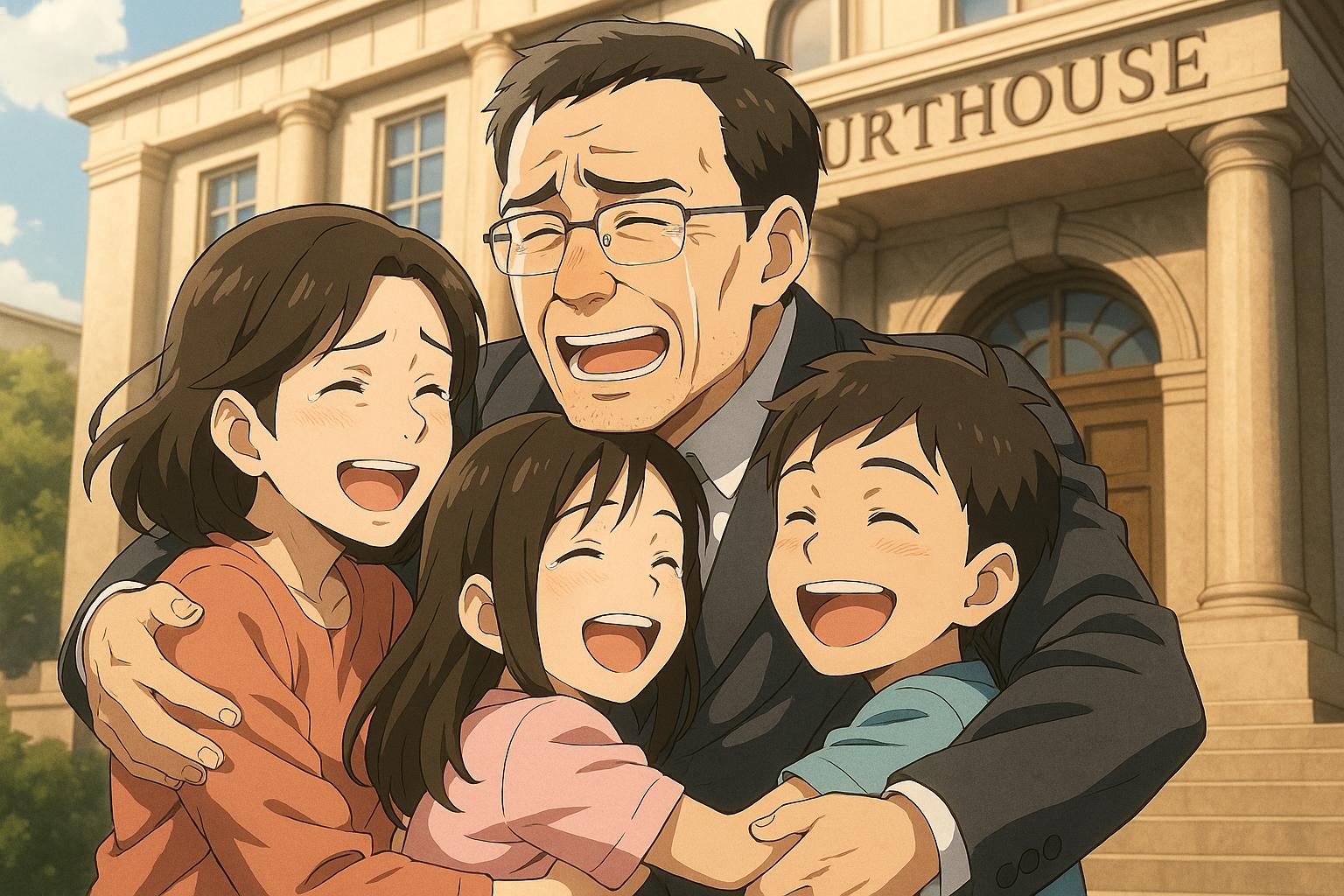The family of Peter Sullivan has expressed overwhelming joy following the quashing of his conviction, which had confined him to prison for nearly 40 years—the longest miscarriage of justice in British history. Sullivan’s conviction for the 1986 murder of florist Diane Sindall was overturned after the Court of Appeal was presented with new DNA evidence. This evidence indicated that the actual killer was someone else, a prospect that had remained tantalisingly out of reach for decades.
Peter, now 68 and living with learning difficulties, was wrongfully imprisoned for a crime he did not commit. Speaking about his release, his brother David Sullivan told the media that the family “knew 1000 per cent from the start that he was an innocent man,” and that they were eager to reconnect with him after such a lengthy separation. “We are absolutely ecstatic that Peter has been freed,” David added, highlighting the necessity of rebuilding family bonds after years of trauma and isolation.
The emotional toll of this case extends beyond the Sullivan family. Diane Sindall, just 21 at the time of her brutal murder, was violently killed after her van broke down in Bebington, Merseyside. Her family will now also bear the weight of this revelation; the identity of her actual killer remains a mystery. David Sullivan articulated a poignant respect for Syndall’s family, expressing both happiness for his brother and sympathy for those still mourning the loss of Diane. He emphasised, “Now her family will have to go through what we did and we feel sorry for them.” This reflection on shared pain marks a noteworthy acknowledgment of the complexities surrounding justice and the emotional aftermath of violent crime.
Sullivan was originally convicted based on circumstantial evidence that, it has now become clear, was dangerously flawed. At the time of his arrest, he had been spotted in the vicinity of the crime and convicted following a confession he later retracted, claiming it was coerced during an interrogation where he was denied legal representation—serious breaches of protocol that have now come to light. The recent scientific advances in DNA analysis, which allowed for a proper examination of evidence collected decades ago, revealed a profile that did not match Sullivan’s—shifting the narrative completely.
Prosecutors conceded that had this DNA evidence been available during the original trial, there would have been no basis for charging Sullivan. The Criminal Cases Review Commission (CCRC) had been instrumental in reopening his case, initially rebuffing his claims in 2008 due to an assumption that further DNA testing wouldn’t yield new information. Their eventual decision to re-examine the evidence in 2021 resulted in the groundbreaking findings that ultimately cleared his name.
As Sullivan begins to rebuild his life, the police are renewing their investigation into Diane's murder, having identified a mystery suspect whose DNA does not appear on any current databases. More than 260 potential suspects have already been screened out of the investigation initiated in 2023. This indicates a commitment not only to justice for Peter Sullivan but also to resolving the long-standing case of Diane Sindall—a dual pursuit that encapsulates both the complexities and the failings of the justice system.
Peter himself conveyed a sense of calm and resolution despite his ordeal. In a statement delivered through his solicitor, he acknowledged the gravity of his wrongful conviction while also expressing an absence of bitterness. Referring to his own release, he remarked, "As God is my witness, it is said the truth shall make you free." His focus now lies on the future and reconnecting with family, rather than dwelling on past injustices.
The saga of Peter Sullivan serves as a somber reminder of the potential for human error within the judicial system and underlines the importance of continued advancements in forensic science. As his family prepares to celebrate his newfound freedom, their story is intertwined with the ongoing quest for justice for Diane Sindall—a dual narrative that leaves questions lingering in the shadows of both loss and redemption.
Reference Map
- Paragraph 1: [1], [2], [3]
- Paragraph 2: [1], [2]
- Paragraph 3: [1], [3]
- Paragraph 4: [1], [4], [5]
- Paragraph 5: [1], [4], [6]
- Paragraph 6: [1], [2], [6]
- Paragraph 7: [1], [3], [4]
- Paragraph 8: [1], [3], [5], [6]
Source: Noah Wire Services
